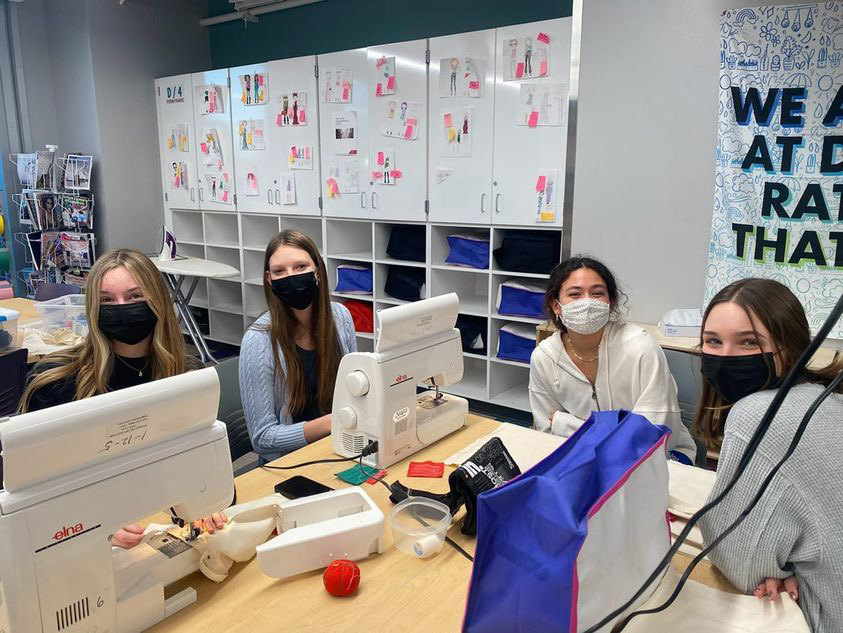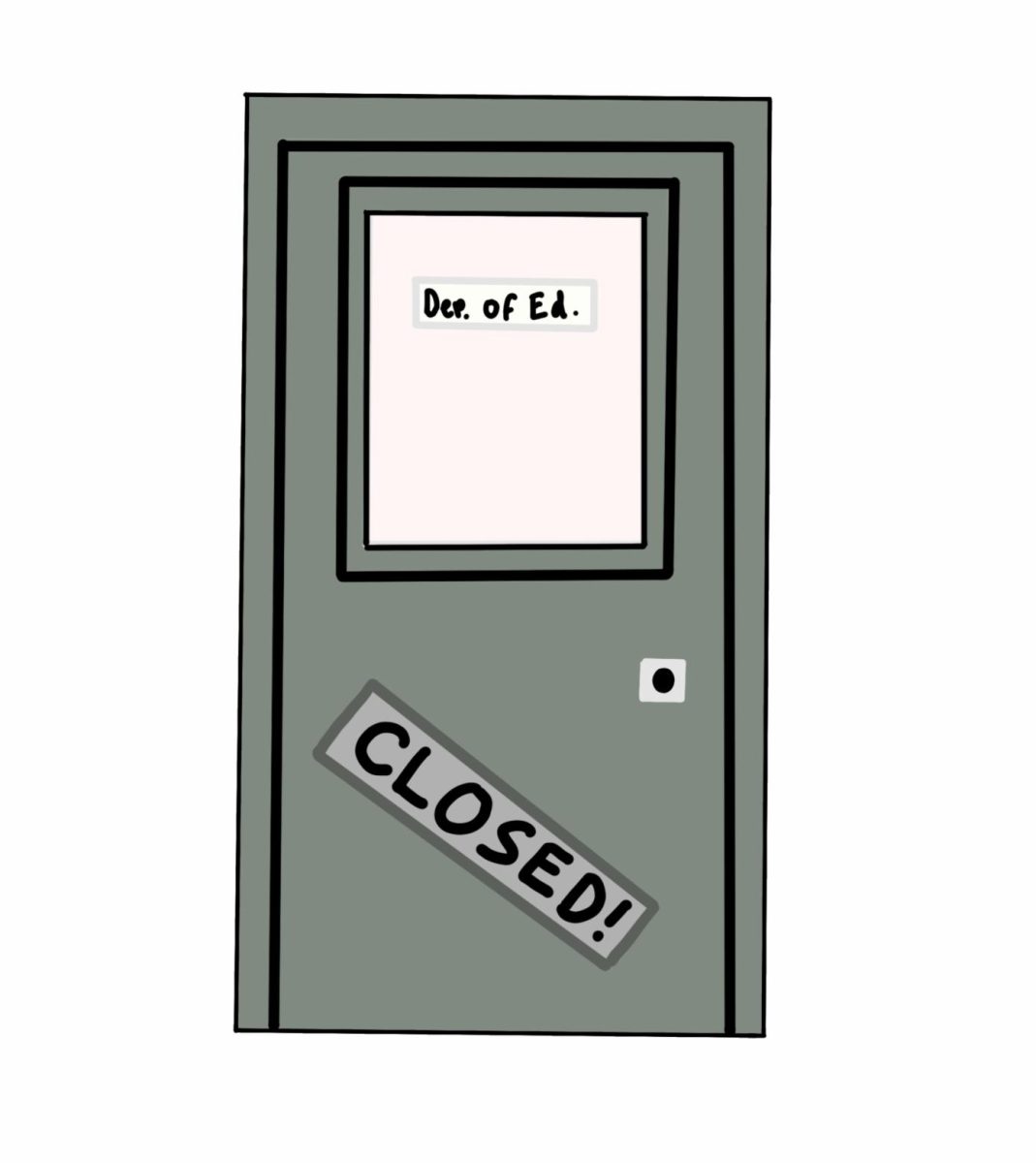Bipartisan solutions for environmental issues
SUSTAINABILITY IS TRENDY: Empowerment Club members seen making sustainable tote bags during their recent meeting.
December 12, 2021
Environmentalism has become a very politically polarized issue, and activists have been struggling to obtain compromise from either Democrats or Republicans. This division is primarily due to how differently Americans perceive these issues and their solutions. But with public activism within younger generations continuing to rise, there is hope that environmental issues can shift to bipartisan solutions.
While environmental issues such as climate change have been long debated in political culture, a delay in solutions could be a direct result of failure to collectively acknowledge its urgency.
In a survey done by Pew Research Center in Jan. of 2019, 67 percent of Democrats and Democratic-leaning independents agreed that global climate change should be our top priority, compared to only 21 percent of Republicans and Republican-leaning independents.
Sophomore Audrey Gorey, one of the leaders for the Empowerment Club and Sustainability Committee has taken part in educating students about these issues, their urgency and bipartisan solutions.
“To tackle the biggest issue that we face, climate change, people must realize the importance of uniting together, despite differences in political opinions,” Gorey said. “This is not a blue or red issue, it’s a human rights issue.”
According to the survey from Pew Research, 52 percent of millennials and Gen Z think that the federal government is not doing enough to reduce the effects of climate change compared to the 31 percent of boomers.
Gen Z has proved this through its sustainable consumer spending. According to a 2020 report by First Insight, 73 percent of the Gen Z consumers surveyed said that they were willing to pay more for sustainable products, more than every other generation. “Our generation has a different approach to the Earth’s health because we have experienced a decaying environment that has been prevalent throughout our whole lives,” Gorey said. “I think that Gen Z realizes that it is up to us to maintain a place that will be sustainable as we grow older, and knowing that all of the decisions we make contribute to that.”
Although the Empowerment Club was only founded three years ago, the club is one of the few clubs that is student led, and Junior leader Audrey Lee has strived to provide ample opportunity for its members.
“Gen Z is significant in the fact that adolescents are taking control of their own opinions and educating themselves on issues more than ever before, and Empowerment Club has the ability to facilitate that,” Lee said.
Empowerment club has created donation drives, set up fundraisers and have hosted many community events such as walk for cancer, tornado clean up and sustainable tote bag making.
“The biggest thing I hope that students can take away from empowerment is how capable they are of creating change in our school and community,” Lee said.
Besides environmental and sustainability clubs, DGN also provides students with science classes such as Environmental Science, Biology and STEM. These classes are designed to help students understand, identify and analyze environmental problems both natural and human-made, to evaluate the relative risks associated with these problems and to examine alternative solutions for resolving or preventing them.
Senior AP Environmental Science student Cher Parrilli has taken advantage of this course to better understand these environmental issues and how it impacts her.
“Everyone always talks about how detrimental these issues are,” Parrilli said. “But I only started understanding how serious and urgent of an issue it was when I started taking the class.”
Senior Gavin Kline has noticed an increase in activism for these issues through his social media. While some of the posts are political, most of them inform users of the effects and consequences.
“A lot of people repost volunteer programs and discussions that they do or are a part of,” Kline said. “I try to avoid anything politically motivated though because those posts tend to leave out important information.”
According to another survey by Pew Research, both Gen Z and Millennials stand out when it comes to climate change activism. Of those surveyed, 56 percent of Gen Z said that they’ve seen content on social media about the need for climate change in the past few weeks, and 45 percent said they’ve engaged with the content.
Senior Sam Bowerman is a part of the 45 percent of Gen Z that engages with activism through social media. While he believes that solutions for most of these issues will not come up in the near future, Gen Z will continue to push for bipartisan support and solutions.
“I think it’s hard for younger adults to take action on environmental issues,” Bowerman said. “Most people contribute by posting stuff on social media and creating awareness, but I think it’ll take some time for our generation to be able to take actions and create solutions.”
Hopes of bipartisan solutions have been imposed since the 1970s. Republican President Richard Nixon was the first president to sign environmental legislation into law. The U.S. National Environmental Policy Act (NEPA), declares a national policy that will encourage productive and enjoyable harmony between man and his environment.
“Shall we make peace with nature and begin to make reparations for the damage we have done to our land, to our air, and to our water? It has become a common cause of all people of this country, clean air, open spaces,” Nixon said. “These should once again be the birthright of every American.”
While everyone has a right to their own political beliefs, it seems as though Gen Z is determined to solve environmental issues without political bias. With activism on climate change soaring, there is hope that bipartisan solutions will become more realistic in the near future.

























